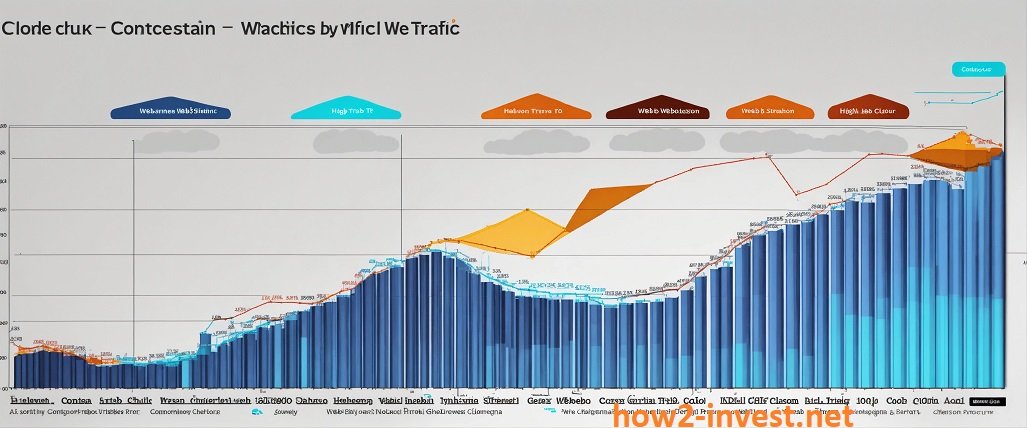Introduction
Because of their flexibility and tax benefits, 529 fidelity 529 investment options plans have become very popular in the field of college savings plans. Fidelity Investments is one of the providers and offers a variety of 529 investing alternatives to accommodate a wide range of needs and preferences. This tutorial explores the features, investment options, advantages, and considerations of Fidelity’s 529 programs in detail.
Understanding 529 Plans
Tax-advantaged savings vehicles called 529 plans are intended to assist families in setting aside money for future educational costs. They are a popular option for parents and guardians planning for college expenses because they provide federal tax benefits like tax-free growth and withdrawals for eligible education expenses. To make the most out of these plans, it’s important to grasp the subtleties around eligibility requirements, contribution caps, and the flexibility they provide.
Overview of Fidelity Investments
Known for offering a wide array of investment products and services, Fidelity Investments is a well-known provider of financial services. Fidelity, which has been in the business since 1946, is known for its ability to manage retirement funds and investments with dependability, creativity, and customer satisfaction. Investors looking for stability and growth potential choose it because of its strong infrastructure and extensive support.
Types of 529 Plans Offered by Fidelity
Fidelity offers a range of 529 plan alternatives to accommodate diverse financial objectives and inclinations. These comprise both prepaid tuition plans, which enable the purchase of future tuition credits at today’s pricing, and savings plans, in which assets grow in accordance with market performance. Every plan type meets the different demands of families by providing special perks and considerations.
Benefits of Investing in Fidelity’s 529 Plans
Selecting Fidelity for your 529 investments offers a number of benefits, such as affordable costs, access to a large selection of investment options, and solid past performance. The allure of Fidelity’s 529 plans is further enhanced by its stellar customer service and educational tools, which give investors piece of mind.
Investment Options Available at Fidelity
Within its 529 plans, Fidelity provides a variety of investment alternatives. These options include static portfolios, individual fund selections, and age-based portfolios, which dynamically modify asset allocation based on the beneficiary’s age. Because each choice is made to meet different investing goals and risk tolerances, investors may customize their approach to suit their own tastes.
Performance Track Record
Analyzing the success of Fidelity’s 529 plan entails determining how well its investment alternatives have held up over time in relation to peer groups and benchmarks. Investors can better plan their college savings by using historical performance data, which offers insights into prospective growth and volatility.
Fees and Expenses
Comprehending the cost structure linked to Fidelity’s 529 plans is crucial in order to optimize results. These fees usually consist of underlying fund expenditures, administrative fees, and management fees. Transparency and well-informed decision-making are ensured by contrasting these fees with industry norms and taking into account their effect on overall results.
Flexibility and Control for Account Holders
The 529 plans from Fidelity provide account management flexibility, including the ability to change beneficiaries, make donations, and investigate rollover possibilities. Account holders have more control over their college savings journey thanks to this flexibility, which enables them to modify their savings plan as circumstances change.
Tax Considerations
Significant tax advantages, such as federal tax-free growth and withdrawals for approved educational costs, can be obtained by investing in Fidelity’s 529 programs. It’s critical to comprehend the effects on gift and state taxes as well as any possible effects on eligibility for financial aid in order to maximize tax benefits and optimize savings.
Tips for Choosing Fidelity’s 529 Plans fidelity 529 investment options
Think about things like your time horizon, risk tolerance, and investing goals when choosing a Fidelity 529 plan. Using Fidelity’s investment diversification, automated contribution choices, and plan update notifications can all help your college savings approach work better.
Conclusion
Provide an overview of the main ideas covered in the guide and highlight the reasons Fidelity’s 529 plans make sense for college savings. Stress the significance of assessing each person’s financial objectives and risk tolerance before making any investing decisions.
FAQ
Who can open a Fidelity 529 plan?
The qualifications and eligibility criteria for creating an account.
What are the advantages of choosing Fidelity over other providers?
Answer: Showcasing the competitive advantages and strong points of Fidelity.

